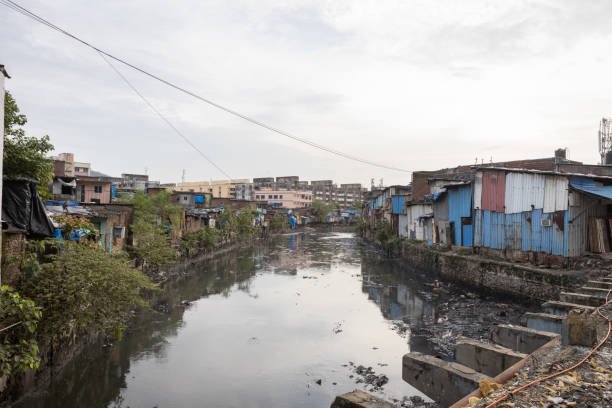How Unpurified Water Could Lead to Cholera
Skip to content
Skip to footer
How Unpurified Water Could Lead to Cholera
How Unpurified Water Could Lead to Cholera

